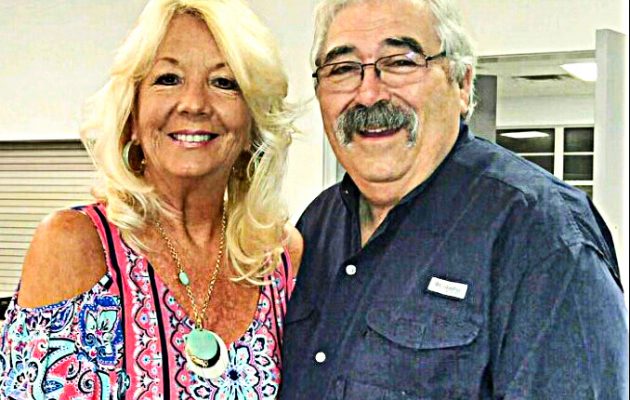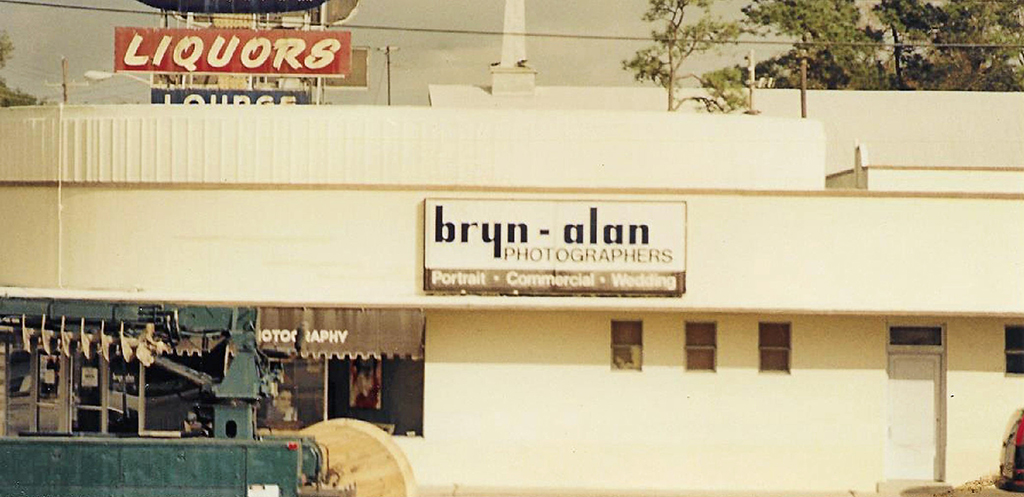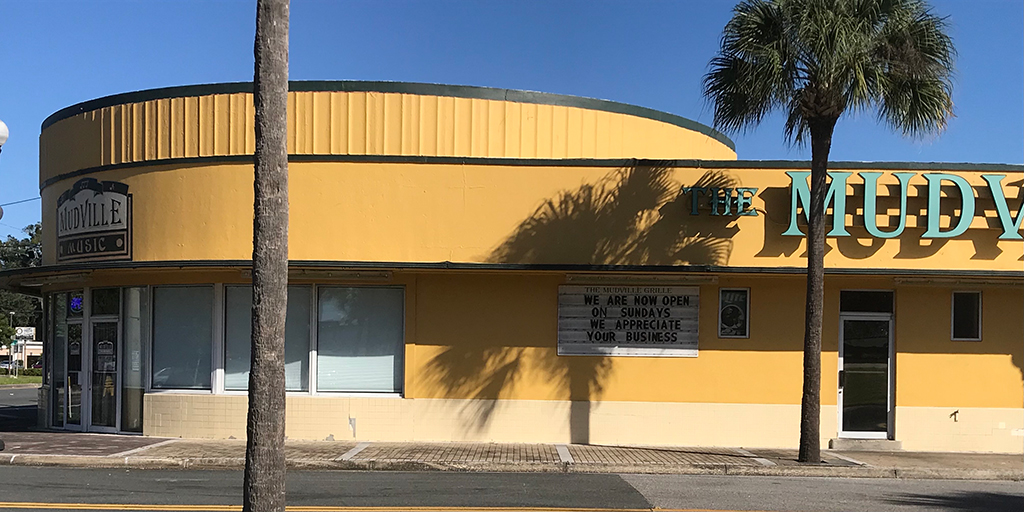The Way We Were: Joe Joseph

“I’ve seen Jacksonville change over the past 70 years,” said Joe Joseph.
Joe is the first generation of the Joseph family to be born in America, in Jacksonville’s St. Vincent’s Hospital in 1947. His family established themselves in Florida in stages. His great-grandfather immigrated to Tarpon Springs on Florida’s west coast in the late 1890s from Syria; his grandfather did the same in the 1930s. Joseph’s father immigrated at the age of 13 and became a naturalized citizen in the 1940s before serving in WWII.
Joseph is the eldest of six, with three brothers and two sisters. He grew up surrounded by several relatives on Belmont Terrace in San Marco until 1963, at which time his growing family moved to the Arlingwood neighborhood of Arlington. He started school downtown at Immaculate Conception for first, second, and third grades. He remembers riding with a brother one year his junior on the 31 Colonial Manor bus to and from. By fourth grade, Joseph had transferred to Assumption where he wore a uniform of blue pants and a white shirt with a capital “A” patch sewn on his pocket. He then went on to Bishop Kenny High School, uniformed in a choice of blue or grey pants, white shirt, and a red and blue tie around his neck. After graduation, Joseph spent a year at JU as an engineering major before getting married and becoming an entrepreneur.
When Joseph was a child, he spent a great deal of time at Central Park, now known as Southside Park, on Hendricks Avenue behind Southside Branch Library. “Every afternoon after school, we’d go up there and play ball,” he said. The park ranger maintained a large cabinet there that contained equipment for the children to use—items like mitts, nets, gloves, and a tetherball set. “He had everything! You could come there with nothing, and he would have it all there for you to play with,” Joseph said with a voice still filled with excitement. “When I was growing up, we didn’t even think about crime,” said Joseph noting that, today, a supply cabinet in a public park sounds preposterous. There was a swimming pool on the park’s site as well, next to the library where the tennis courts are now, he remembered.
Joseph also recalled people all used party lines, now obsolete, when they used a telephone. They were phone circuits shared with other customers that saved on the cost of phone service. Each party sharing the line had a distinct ring, so that those within the household would know whether to answer or not. Sometimes, if attempting to make an outgoing call, one would hear the other party using the service and would have to wait until the line was available. “To go from a party line to a cell phone in your pocket to call anywhere in the world is amazing,” he said.
Joseph knows quite a bit about the Jacksonville that used to be that is no more. He recalls that five grocery stores had been within a walkable one-mile radius between San Marco and St. Nicholas: Setzer’s on the Square, Banner at the corner of Atlantic and Hendricks, Daylight on the corner of Atlantic and Kings, Winn-Dixie where Dr. Rene Pulido’s medical center now stands, and A&P at the St. Nicholas Shopping Center. There were five gas stations, too, in that same vicinity: a Stoke’s in San Marco, a second across from the fire station, a third at Hendricks and Atlantic, a fourth past the overpass on Atlantic, and a fifth farther down on the right. Joseph’s reminiscing in fives continued as he recounted restaurants. New South was on Hendricks and Atlantic, a little Chinese restaurant stood across from where Wells Fargo bank is now, Pizza Joe’s was just past the overpass on the right, an Italian restaurant was in the same shopping center where Winn-Dixie used to be, and Old South sat caddy-corner from the St. Nicholas Shopping Center.
According to Joseph, prior to consolidation in 1968, the Jacksonville city limits used to run down the center of the St. Johns River. South of the river was called South Jacksonville and to the east was Arlington, each with its own post office. Outlying towns, too, like Orange Park and Marietta had their own postal identities.


Everything north of the invisible line was considered Downtown, and it was booming. “Jacksonville was the insurance capital of the South,” Joseph said. “There were tons of insurance companies here.” Downtown Jacksonville had been a major banking city, too. It was bustling with department stores, restaurants, theatres, and hotels. This was before strip malls and shopping centers, at a time when traveling salesmen would market their wares door-to-door. Those selling belts and suspenders would go to the clothing stores. Those selling pens and pencils would visit the office supply houses. Shoppers crowded the streets in daytime and the restaurants by lunch. Businessmen coming to town would see a movie in evening and lodge in a hotel at night—one like the Seminole, the George Washington, or the Florida. But then the suburbs came. Malls were built. And Downtown began closing down. “It will never be what it once was,” Joseph said.
There were only two bridges that spanned the river back then, and both began in Southside. The Acosta Bridge of 1921 led to Downtown, and the Main Street Bridge of 1941 went to Riverside. As the suburbs grew, so did the number of bridges—seven stand today, and two others have come and gone—to accommodate the increased traffic, which then led to the expressway and interstate systems to supplement two-lane roads like Atlantic Boulevard out to the beach had been. “From St. Johns Bluff all the way to the beach, there was nothing,” Joseph said.
Joseph has witnessed a multitude of changes in Jacksonville over time, and the greatest of all has been the growth and consolidation, which made Jacksonville the largest city by area nationwide. But there’s also the addition, at last, of an NFL team—the Jaguars. “Though they don’t have a very good record, and they haven’t been here very long, they are still our team,” he said.
And yet, for all that has changed in Jacksonville, there’s at least one landmark that has remained the same. That’s the river. It’s an identifying feature of the area that hasn’t changed much. Joseph believes the river is underutilized and thinks that more events and attractions on the St. Johns would serve the city well.
Joe Joseph lives in Arlington today with his wife of 51 years, Donna Ferguson-Joseph. They have three children, eight grandchildren, and one great-grandchild.
By Mary Wanser
Resident Community News




 (3 votes, average: 4.33 out of 5)
(3 votes, average: 4.33 out of 5)

